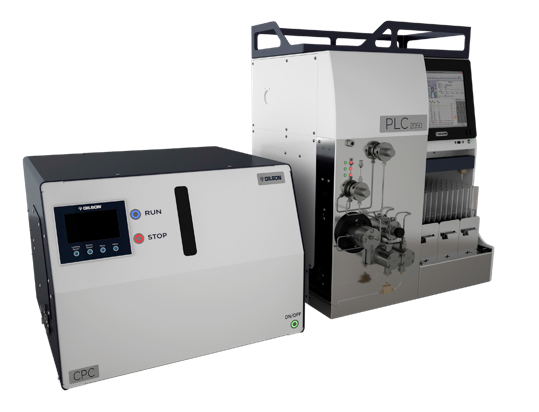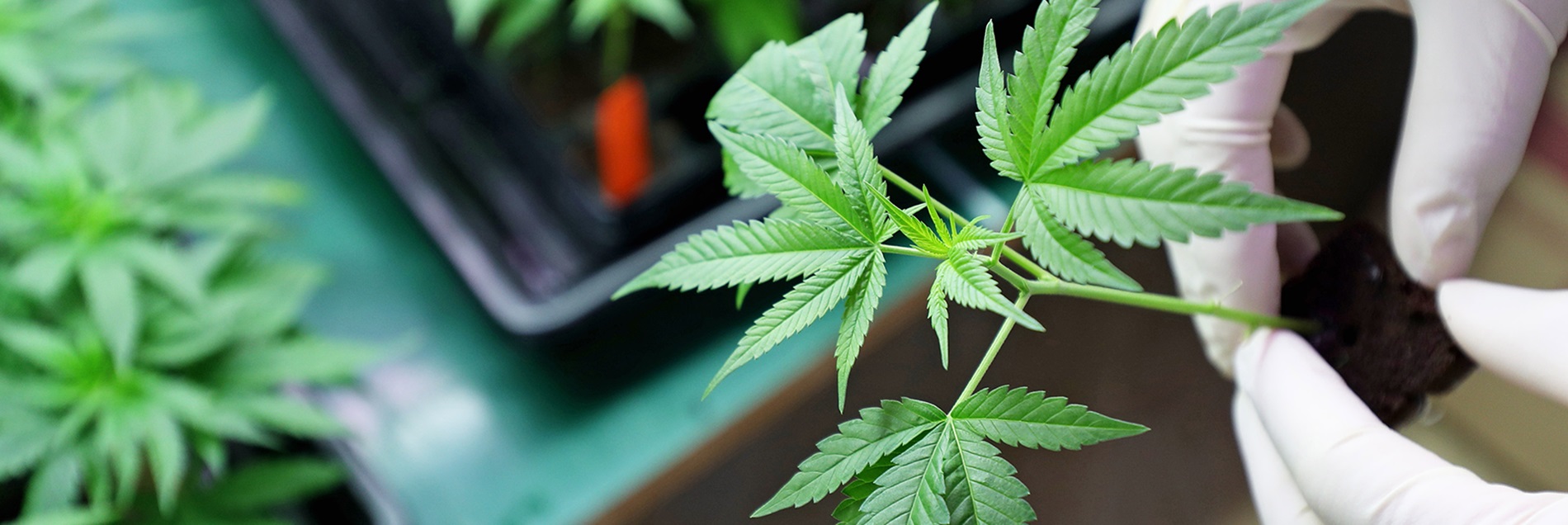As of spring 2018, more than 20 countries, as well as 29 US states, had legalized the sale of cannabis for medicinal or recreational use, spawning a multibillion-dollar industry that reaches from Alaska to Zimbabwe. The ‘Green Rush’ has launched a new generation of entrepreneurs and inspired a stream of cannabis products, from the plant itself, to artisanal foods, marijuana-infused body lotions, and discreet vaporizer pens.
Investment funds are also pouring in for cannabis- derived medicines - with the first such therapy poised to hit in the US market this year after an advisory committee to the country’s Food and Drug Administration voted unanimously in April to approve a cannabis-based product called Epidiolex for treating childhood epilepsy.
Pharmaceutical interest is focused on the plant's many compounds, including its terpenoids, and its namesake cannabinoids — the group of related compounds that include the psychoactive agent tetrahydrocannabinol (THC) and the medicinal substance cannabidiol (CBD) - any number of which could offer treatment for or pain relief from a range of debilitating diseases.

The US FDA recently approved the first drug comprised of an active ingredient in cannabis, or marijuana. As the hunt for new cannabis compounds heats up, so will the need for new tools with which to isolate them. Credit: Stefan Wermuth/Bloomberg Creative Photos/Getty Images
Although these molecules can be synthesized in the laboratory, many companies prefer to source the compounds from plant extracts, sometimes purifying them further by distillation. Even using this method, however, the result "is still a mixture of whatever cannabinoids are coming from a particular marijuana strain, which is a highly variable thing," says Brian Reid, chief scientific officer of ebbu, a Colorado company that specializes in cannabis purification.
And while unpredictable mixtures might satisfy the consumer market, where most people just want the buzz of THC, or the presumed health benefits of CBD, they are not ideal for therapeutics. Doctors want to know what they're prescribing and patients want the confidence that the dose they took yesterday will be the same as the one they have today.
"It will definitely be an advantage to have cannabis-based medications with clearly defined and constant contents of cannabinoids," says Kirsten Müller-Vahl, a neurologist and psychiatrist at Hannover Medical School in Germany.
As demand for cannabis-based therapeutics increases, so will the pressure on companies and scientists to find more exact ways to isolate and purify compounds.

Of the hundreds of chemical compounds in cannabis, more than 100 have potential medical application. Beyond the psychoactive THC compounds, the plant's cannabinoids are perhaps the most heavily researched. But the relatively little-known flavonoids, terpenes and fatty acids could be of use as well. Adapted with permission from Nature Research
Because extracts are the primary source of cannabis compounds, most companies have focused on improving those sources rather than seeking new ones. For example, GW Pharmaceuticals, the company behind Epidiolex and the biggest firm developing cannabis-based medicines, develops its extracts from a stock of identical cannabis clones and a common carbon dioxide (CO2)-based extraction method. Depending on what chemovar the company starts with, the resulting extract is either 60% THC or 60% CBD, with other cannabinoids making up another 6% or so, according to GW's patent filings. The company then uses one or both of these extracts to produce its Sativex drug for multiple sclerosis (approved in Europe, Canada, Australia and elsewhere) or the newer Epidiolex drug for epilepsy.
The extracts are not pure - but they're not meant to be. Ethan Russo, who served for more than ten years as a senior medical advisor at GW and now directs research and development at the International Cannabis and Cannabinoids Institute in Prague, Czech Republic, says that medicinal effects result from the combination of compounds. "This poly-pharmacy inherent in a cannabis extract is a distinct advantage," he says.
Not everyone agrees. Many scientists and drug makers want to bring a greater rigour to the study of natural cannabinoids, and that requires the isolation of individual compounds. At the moment only chromatography allows such precision, particularly one method called centrifugal partition chromatography (CPC).
"CPC is ideal for ripping a single active ingredient out of a pretty complex mixture," Reid, the CSO from ebbu, says. "It's the only chromatographic technique that does that well."
POWERS OF SEPARATION
Like all variants of column chromatography, CPC works by separating chemical substances according to their affinities for one of two 'phases', one stationary and one mobile. The more something sticks to the stationary phase the slower it will move through the column.
Traditionally, the stationary phase is made of silica or some other solid particle, with a liquid or gas as the mobile phase. But with CPC, the stationary phase is actually a liquid spun around to stay in one place while another liquid moves through the column.
Just like oil and water, the two liquid phases don't mix. And with a big enough column - plus an array of liquid solvents to choose from- chemists can isolate just about any chemical component from a complex extract at purities of 99 percent or more. Gilson, the lab instruments company, sells CPCs with column sizes of 100, 250 or 1000 milliliters. The systems come packaged with software called Gilson Glider CPC and are often paired with another machine that removes residual solvent after purification.The flexibility and robustness of CPC systems are attractive to scientists. “They just do really efficient separation of a lot of compounds at once,” says Justin Fischedick, lab director of Excelsior Analytical Laboratory, a cannabis testing company in Union City. California.

Gilson's CPC 250 with PLC 2250 Purification System has become a popular tool among those researching medical marijuana.
CPC systems also have faster flow rates and generally use less solvent than other chromatographic methods, such as high- performance liquid chromatography and gas chromatography. Researchers tend to use those systems to analyze the chemical characteristics of a plant or extract, not to isolate components, says Arno Hazekamp, a cannabis biochemist who runs a consultancy in Leiden, the Netherlands. Plus, he says, "there are no solid particles inside the [CPC] machine, so you can't get gunked up. Even if you mess up, you just pump everything out and you can start all over."
At ebbu, Reid uses a Gilson CPC 1000 system to purify various cannabinoids for research purposes and to create accurate and reliable mixtures that he sells to other cannabis product manufacturers. "Now that we have this methodology dialed in," he says, "we can make various formulations - whether they're water- soluble, sublingual, inhaled, you name it - with very precise ratios of cannabinoids and precise amounts of cannabinoids at the milligram level."
That appeals to clinician-scientists like Kyle Geary, an internist at the University of Illinois at Chicago. He is currently running a placebo- controlled trial of CBD capsules for treating Crohn's disease. The company behind the hemp- derived CBD product claims that levels of other cannabinoids are not detected in its analysis, but that seems unlikely for something made via CO2 extraction.
"Ideally, the perfect study would use something that is 100% CBD," says Geary, adding: "It's hard to do studies on things you can't control very well."
'A PHARMACEUTICAL TREASURE TROVE'
To date, most medicinal marijuana products and even pharmaceutical-grade derivatives of cannabis have focused on THC and CBD. However, there's a growing body of evidence that other cannabinoids found in trace amounts have unique therapeutic properties.
"Cannabis, the plant, has been described as a pharmaceutical treasure trove," says Mark Ware, a pain medicine specialist at McGill University in Montreal, Canada. "But I think we're at a very early stage of understanding how the individual components work in terms of their mechanism and how they interact."
Among the 'minor' cannabinoids are tetrahydrocannabivarin (an appetite-suppressant that may be useful for treating obesity and diabetes), cannabichromene (which has been shown to block pain and inflammation), cannabigerol (a potential anti-cancer agent), and cannabidivarin (which could help ease epileptic seizures). With CPC isolation, that could be just the beginning. "There are all these other phytocannabinoids, most of which have never been investigated pharmacologically," says Roger Pertwee, a pharmacologist at University of Aberdeen in the UK.
The legal cannabis industry was worth approximately US$10 billion globally in 2017. But, the industry is expected to hit $57 billion within the decade. According to Alan Brochstein, a cannabis financial analyst in Houston, Texas, pure preparation of cannabinoids made with CPC could capture a large segment of that market. Simply put, he says: "It will be very big."

VERITY® Compact CPC System
The VERITY® Compact CPC System combines a PLC Purification System with a centrifugal partition chromatography (CPC) system for high-level target compound purification. This automated, cost-effective, liquid-liquid purification technique utilizes reusable, silica-free chromatographic columns to streamline your workflow and allow you to quickly isolate specific molecules with high yields and purity.
Learn More

